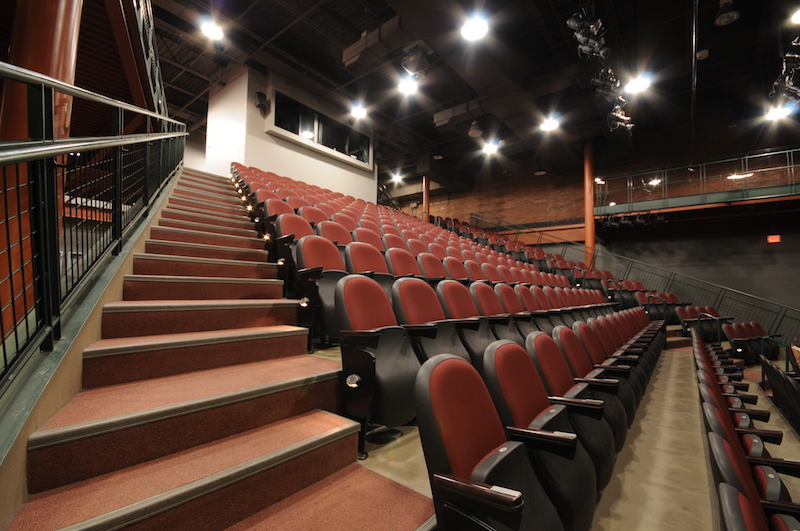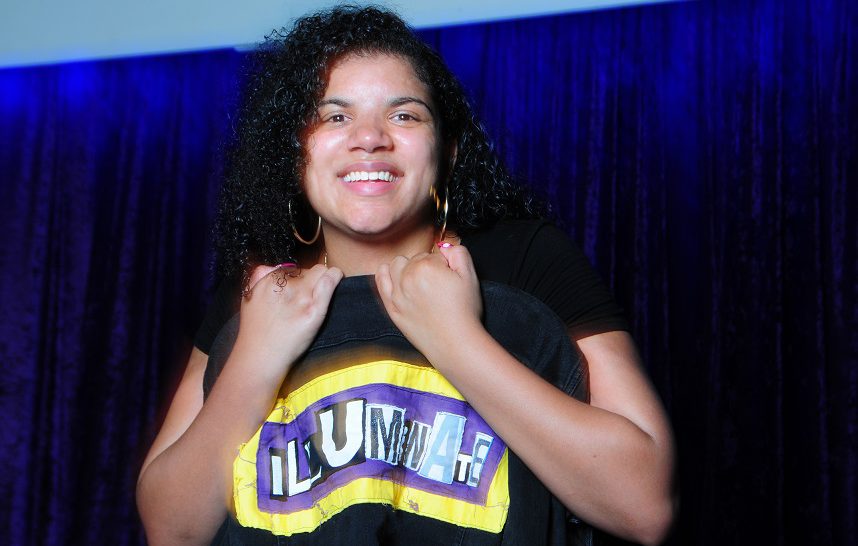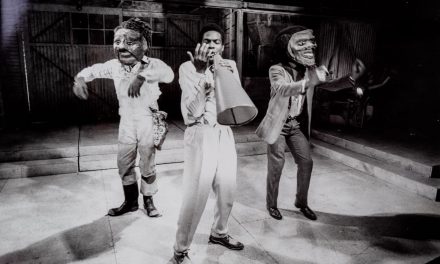Once upon a time, not far from a post-industrial upstate community called Glens Falls, a 20-something boyfriend-and-girlfriend couple pursuing successful theatrical careers in New York City decided to try something different: a summer theater festival focused on new work, aimed at an audience unlikely to venture out to see anything they hadn’t already heard of. Or, at least, that was the risk David Turner and Martha Banta took when they produced their first production in a Lake George RV park owned by the family of their friend David King, who had built a stage there.
They were told the concept would never fly; in order to survive, according to conventional wisdom of the time, summer theater needed to offer light fare and big-name musicals. They stuck to their guns, however, and this past February the Adirondack Theatre Festival celebrated 25 years of operation, with over 25 world premieres, many of which have gone on to international success.
“I think we were just honestly way ahead of the trend,” says current artistic director Chad Rabinovitz, who took the helm in 2015. “We’re creating new entertainment. I like to think of us as the Netflix Originals of theater.”
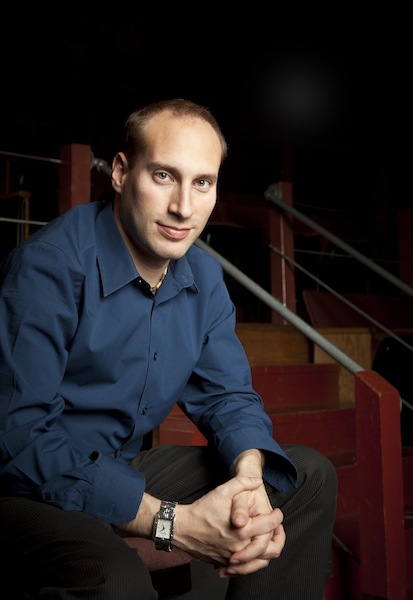
Indeed. Audiences in Glens Falls, where the festival landed in its second season, defied convention and embraced the concept wholeheartedly. “They were amazing,” says Banta. “You could hear a pin drop when we did our first shows.”
Turner agrees. “I think our audience was a huge asset early on,” he says. Otherwise, he adds, “we wouldn’t have done it a second time. It’s a great energy to get something like that off the ground and do it once, but the real test is: Can you do it twice? In order to do it twice, you need an audience that wants to come back. We felt like we had that.”
At the time, however, they did not yet have the $4 million Charles R. Wood Theater where the festival now resides; what they had instead was an old, abandoned Woolworth’s department store. Despite the humble accommodations, Banta felt the old five-and-dime was a natural fit. Doing “storefront theater” was something she was used to from her early forays into the New York City theater world, when friends would scrape together funds and rent space from a “hippie couple in the East Village”—something she acknowledges could never be done in the trendy, high-priced neighborhoods of today. She describes looking in its window as she envisioned what could be: “The columns were small, so they weren’t going to block the view,” she says. “And they were really wide apart, a nice-sized stage opening.
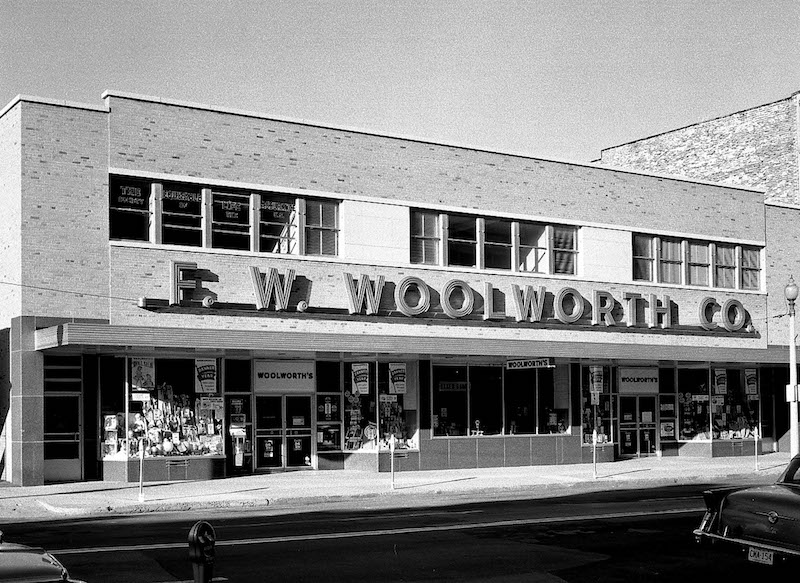
“Everything kind of fell into place once we got in there,” she continues. “You could pop up the ceiling tiles and underneath was steel grid which you could throw pipes on. Every year we set it up differently: depending on what the design was and what the play was. We would reconfigure it, and that was part of the fun for people, too; they’d come to the old Woolworth’s and say, ‘Wait, where am I? This is where the counter used to be… didn’t the goldfish get sold down there?’”
Turner notes that the Glens Falls business community was invested in what happened to the old Woolworth’s building as well. “It had just been purchased by a coalition of downtown businesses,” he explains. A bank, the power utility and the local paper mill all pitched in to buy it, he says, “because they wanted to make sure that something good for downtown happened with that property. So we said, ‘Well, while you figure out what you’re going to do with it, can we put a play on in there in the summer?’ They said sure. Then they put out an RFP for retail to a bunch of Albany developers and they got no responses. That was sort of a wake-up, an ‘Oh boy, what are we going to do?’ The next year, it was still empty so we said, ‘Well, can we put two plays on?’”
Banta helmed the artistic direction of the festival while Turner tended to the business side. Still a relatively new couple, the pair found they worked well together. “ATF did not split us up,” jokes Banta. “We both had similar work ethics…that went a long way.”
As an artistic director, Banta also stayed committed to her vision of producing new work. “I really believe that as an artistic leader I’m meant to lead people…it’s a different thing from ‘just give them what they want, give them what they know,’” she says. “It’s about ‘give them something unexpected, take them somewhere they’ve never been.’ You can get what you want by changing the channel at home.”
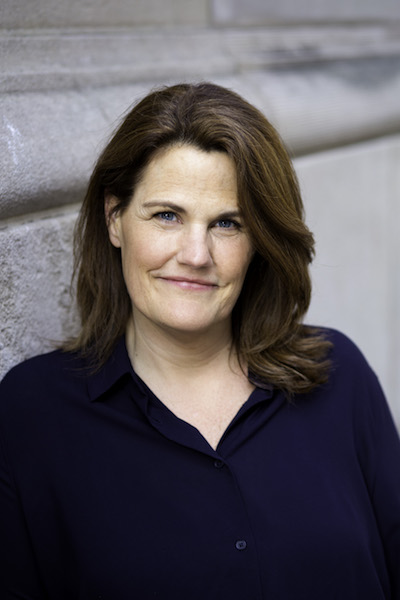
Rebuilding the city’s downtown
Support of the nascent theater festival, both from audiences and business leaders, turned out to be just what Glens Falls needed to breathe new life into its downtown. In the decades prior, the city had experienced failed efforts at urban renewal, the fleeing of local businesses in the wake of big-box chains opening in neighboring communities and the strain of economic downturn throughout all of upstate.
“People were so excited to come back to their downtown and go to a play,” says Turner. “It was really great timing because the downtown had sort of bottomed out, and we just caught that moment where people were like, ‘Oh, this is what my downtown can be. It’s not retail anymore, but it can be dinner and a show.’ Now we’ve seen that story replayed in one downtown after another for the last 20 to 30 years. It really was sort of a textbook example of that.”
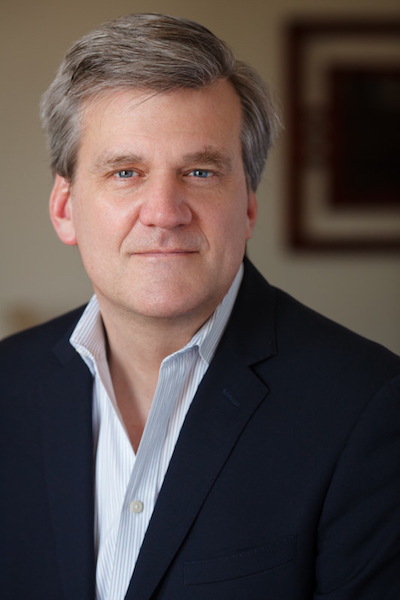
“The brewpub was just opening up after our first season, across the street. There was one other restaurant, and that was it,” adds Banta. Then came the second season, and “all of sudden there were two restaurants across the street instead of one,” says Turner. The couple asked an architect friend to do a drawing of how the building could be turned into a real theater space. “We just hung it up in the lobby,” he says. In doing so, the seed of a vision was planted in plain view of anyone who walked through the doors. “It took years and years and years of meetings, but slowly that group [of business leaders] decided they would make it their mission to build the Wood Theater.”
That space, built within the footprint of the old Woolworth’s, would take its name from its largest benefactor: Charley Wood, who had built Storytown (later renamed The Great Escape) and, in partnership with Paul Newman, the Double “H” Ranch camp for critically ill children. The theater opened its doors in 2004, shortly before Wood’s death.
New leadership
The level of commitment needed to sustain the festival in its new 300-seat, 30,000-square-foot state-of-art digs, would ultimately prompt Turner and Banta to step away and seek a new leader to whom they could pass the torch. Now married and with an infant son in the picture, “it got hard,” says Turner. “We didn’t want to move to Glens Falls full-time. It needed more attention than we could give it, in order to get it to the next level…I like to say ATF was our first child, and then we gave it up for the betterment of our second child.”
Mark Fleischer took over as producing artistic director in 2007, and kept the doors open through the challenging times of the following year’s economic recession. Rabinovitz’s tenure has included an even stronger focus on the mission of producing new works of theater. While Banta and Turner would include recent Tony Award or Pulitzer Prize winners in the mix of a typical season, Rabinovitz’s vision for ATF is to be a springboard for getting new plays and musicals off the ground. “If they’re published (or) if they’ve had a major commercial production, they don’t fit for us,” he explains. That does not mean the plays can have had no life at all before ATF; he adds that the concept of a “new play” can have many definitions. For example, he says, “everyone knows ‘Hamilton’ now; that didn’t just appear on Broadway. That had many iterations and developments before it landed there. Some are a quick, year-long process and some will take more than a decade. We are in the development process with every play.”
Value of the arts
But why is all of this happening in Glens Falls, of all places? “The reality is that people everywhere are looking for great entertainment,” Rabinovitz says. “One of the reasons I came to Glens Falls in the first place and took the job at ATF is that you could look around and so clearly see how important the arts are as an economic driver within a community.” For her part in the initial founding of the festival, Banta says she and Turner “wanted to be able to come and go from New York, but not be so close that it would just be doing shows for the same people…I’d been doing shows for New Yorkers that read about it in the paper, and now they came in with their arms folded in a ‘show me what this is’ sort of way. It was the idea of getting out of that environment and doing new things with an audience that was just curious and open.
“That was the blessing and the curse about doing it in a place that had never seen anything like this. It’s an education to understand that, we actually made changes in this yesterday. And after an audience saw it tonight, we made changes in it again. After it leaves ATF, it’ll probably change again,” says Banta.
“It means shaking the trees for the people that want to come to this,” Banta continues. “If we just say we’re putting on ‘My Fair Lady’ or something, you don’t have to do much work to get people to come. To educate people that this is something new—that’s harder to do. It’s harder work, but it’s way more satisfying to me.”
“The theater can quickly become a museum if all we’re doing is things that we’ve heard of, recycling things from the past,” adds Rabinovitz. “What’s exciting about theater, especially contemporary theater now, is the experience of it—that, for us, you don’t know how the story ends. You don’t know how it begins. You’re sharing that experience with everyone in our theater…our audience gets to say that they were part of the creation process. Our playwrights are in the audience with them, making changes based on their reactions. It matters if you laugh or you cry, or if you’re looking at your watch.” He believes the audience’s opportunity to take part in that experience so directly explains the festival’s having more than doubled in audience size over its past two seasons.
Commitment to quality
What started as a single show in an RV park in 1994 is now eight shows within the course of a nine-week season—four on the main stage, and four more on the second stage. “It is non-stop,” says Rabinovitz. “We go from a staff of two during the off-season to a staff of 25 for the summer portion.” That’s not including all of the actors, designers and directors employed by the festival; the full company last year was comprised of some 140 people, most of whom were housed in rooms donated by local families or made available through partnerships with local hotels. Generally speaking, the actors are high-level professionals with Broadway credits that the festival finds through New York casting directors.
Although the festival has come a long way since its founding, that commitment to professional-level talent has been in place from the very first show—“Love Letters” by A.R. Gurney, which featured Elaine Stritch and Jason Robards. Edward Albee’s “Three Tall Women,” fresh from its run in New York, was the first play to be produced in the old Woolworth’s space. Over the years, the festival also has gained a reputation for developing one-person shows, such as “Fully Committed, ”a one-man comedy that started at ATF in 2014 and later landed on Broadway with Jesse Tyler Ferguson, an actor best known for his work on the Emmy Award-winning sitcom “Modern Family.”
Three years ago, Rabinovitz added a film festival to the calendar as an off-season event held in various locations throughout the city. He anticipated attendance for Year One of around 100; thousands showed up. “It’s this major thing already,” he says. “There’s a site called FilmFreeway where all the filmmakers submit, and on that site there’s about 7,000 film festivals across the globe…we’re listed in the Top 25.”
Building a community
“Everything goes back to how do we build our community more, how do we make the place that we live a better place to live,” Rabinovitz says of the festival today. “We’re bringing lots of people here to show off what it is that we can do. We give them more of a reason to either visit, or to stay here permanently; at the very least to shop and spend some money, and be that economic driver that I was talking about.”
“I’m just so thrilled that the lights are still on,” adds Turner. “The commitment to new work and contemporary work is as strong as it was when we started. That’s a tribute to the people who have run it, and it’s a tribute to the community and the audience who choose to support that.” As he looks back, he says that he and Banta “can’t believe that it’s been around for 25 years—something that we started on what felt like a whim.”
“It’s amazing as the years went on, and as the theater got built, to see it completely revitalize the whole downtown area,” Banta adds. “It’s something we certainly never set out to do…but I have to say we’re pretty proud of that.”
Broadway
After they stepped away from day-to-day management of ATF, Turner and Banta each turned their efforts back to the professional New York City theater scene. In her early career, Banta had been on the artistic staff of the New York Theatre Workshop during the time when playwright/composer Jonathan Larson pitched them with the idea of a musical update of the Puccini opera “La Bohème”; that, of course, became the musical “Rent.”
Banta later took on assistant directorship and kept the show’s various incarnations going – Broadway, London, the tour – and directed the first couple of international versions, in Japan and Germany. She also served as associate director for the touring and New York productions of “Mamma Mia!” and put out a new tour of “Rock of Ages,” which will come to Proctors in April.
For Turner, not having to disappear for four months each summer allowed him to be available for Broadway management gigs; he says that “Book of Mormon,” which comes to Proctors in May, has been a part of his life for 10 years. His office looks after the tour and the Broadway production, as well as consulting on the London and Australian productions. A European tour will also be starting this summer. Turner has also worked on the musical “Mean Girls” for the past two years.
Read our full Q&A with Martha and David about creating ATF and their work on Broadway.

